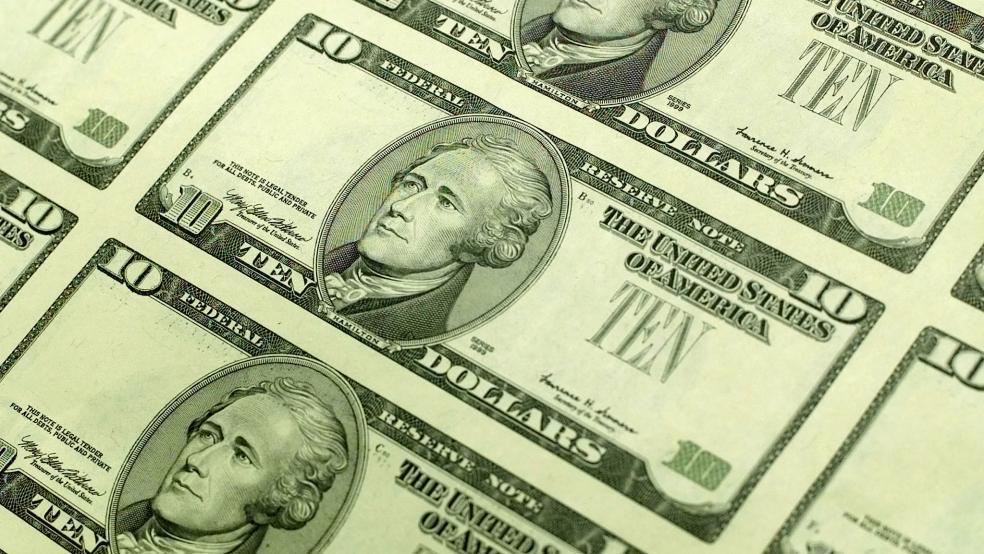There is a significant risk that the U.S. could run out of cash in just a few weeks, the Congressional Budget Office warned Friday – and there may not be any clarity on the outlook until the default date is nearly upon us.
“The Congressional Budget Office projects that if the debt limit remains unchanged, there is a significant risk that at some point in the first two weeks of June, the government will no longer be able to pay all of its obligations,” the nonpartisan federal agency said Friday. “The extent to which the Treasury will be able to fund the government’s ongoing operations will remain uncertain throughout May, even if the Treasury ultimately runs out of funds in early June.”
CBO also said there would be no way to avoid missing payments of one kind or another. “If the debt limit is not raised or suspended before the Treasury’s cash and extraordinary measures are exhausted, the government will have to delay making payments for some activities, default on its debt obligations, or both,” the agency said.
Shai Akabas, director of economic policy at the Bipartisan Policy Center, told The Washington Post that the report underlines just how uncertain conditions could be over the next few weeks. “We’re pretty confident Treasury is going to be on thin ice in early June, we just don’t know how thin that ice is,” he said.
If the Treasury in the end has enough cash to get through June, then the next deadline is probably in late July or August, CBO said. As Politico’s Caitlin Emma and Jennifer Scholtes note, that timeline could mean trouble for lawmakers’ month-long summer break in August as they are forced to stay in Washington to deal with the debt limit crisis.
Digging into the numbers: Looking at the full fiscal year, CBO estimates that the Treasury is obliged to spend between $1.9 trillion and $2.2 trillion. Through April, the seventh month of the fiscal year, the U.S. has spent about $1.1 trillion and expects to take in about $500 billion more, leaving a gap of $300 billion to $600 billion.
As of the end of April, the Treasury had $316 billion in cash and expects to gain an additional $41 billion through “extraordinary measures” that defer certain types of payments, but the sum of required payments in May and June could exceed that total. “Because the financing needs in May and early June could exceed the cash and extraordinary measures available to the Treasury during that period—about $360 billion in total resources, by CBO’s estimate—there is a significant risk that the Treasury will exhaust all of its resources before June 15,” CBO said.
An influx of quarterly tax payments due in mid-June will provide a cushion if the Treasury can make it until then.
Yellen highlights default dynamics: Treasury Secretary Janet Yellen said Friday that the U.S. would have to default on some payments if Congress fails to raise the debt limit in time. “If Congress fails to do that, it really impairs our credit rating. We have to default on some obligation, whether it’s Treasuries or payments to Social Security recipients,” Yellen told Bloomberg Television. “That’s something America hasn’t done since 1789. And we shouldn’t start now. So we’ve not discussed what to do.”
Yellen dismissed reports that the Treasury has presented a plan to the White House on how it might prioritize payments in the event of a default. “[W]e are working full time to work with Congress to raise the debt ceiling,” she said. “That’s where our focus is.”
The Treasury chief also said that the Treasury still cannot name a specific day on which it will run out of cash – a day that could arrive as soon as June 1, according to Yellen last week. “I will update Congress as we have available information,” she said. “As we get closer I may be able to provide more refined guidance.”




